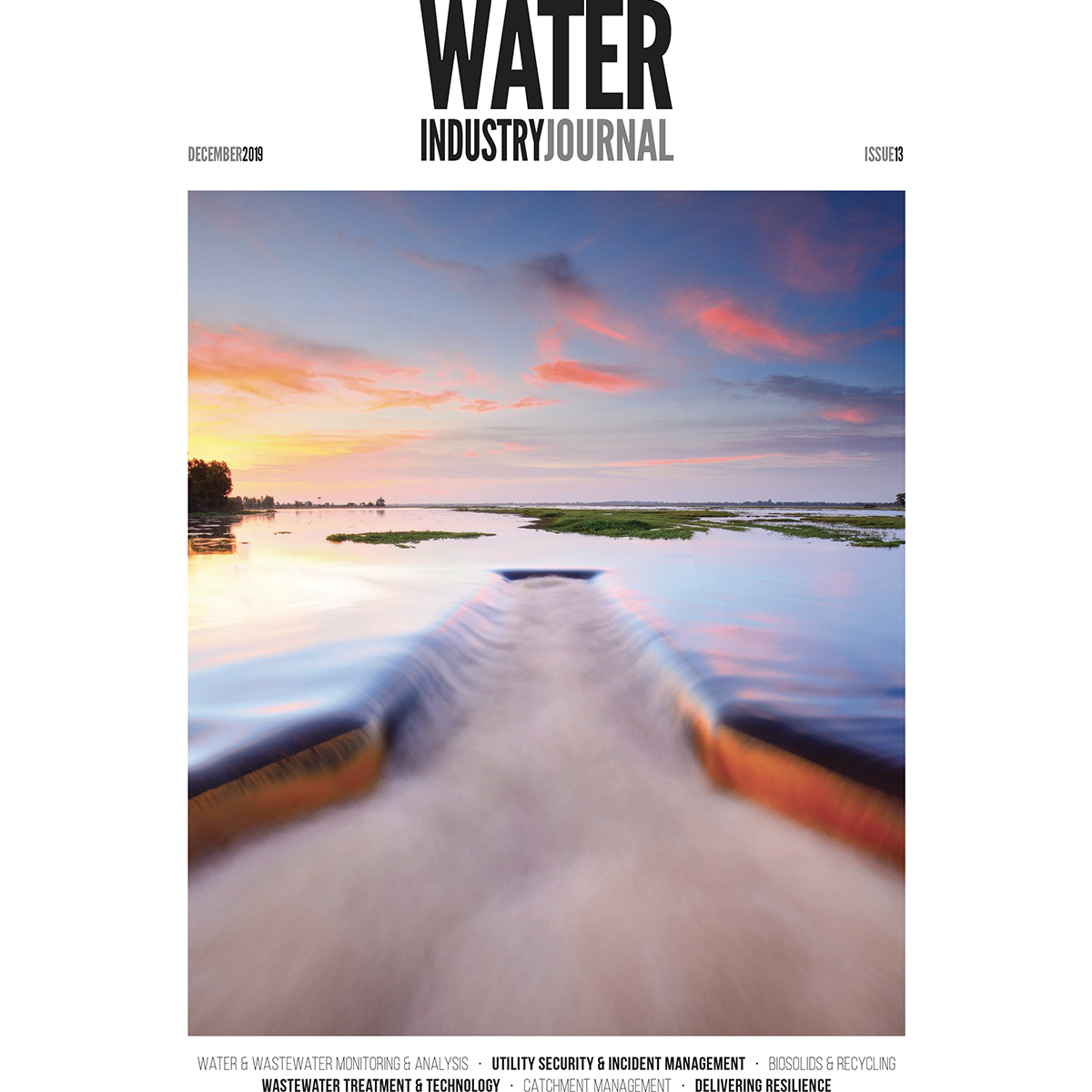
Automating E.coli quantification in wastewater and surface waters
Water Industry Journal article "Automating E.coli quantification in wastewater and surface waters" December 2019, Issue 13, P.36

WATER INDUSTRY JOURNAL: "AUTOMATING E.COLI QUANTIFICATION IN WASTEWATER AND SURFACE WATERS" (2019)
The article "Automating E.coli Quantification In Wastewater And Surface Waters" was published in the Water Industry Journal (December 2019, issue 13). It describes novel field instruments for sampling and monitoring E. coli in watersheds, reservoirs, receiving waters, and throughout the wastewater treatment process.
Novel field instruments for wastewater and surface water sampling and water quality monitoring
Key points:
- Fluidion® ALERT technology was tested on various wastewater matrices and a new calibration was developed and validated in side-by-side comparisons with the laboratory reference method.
- The ALERT method was shown to accurately determine E. coli concentrations over more than five orders of magnitude, corresponding to all wastewater treatment stages: primary clarification, decarbonation, nitrification, denitrification, and tertiary treatment.
- The ALERT WWTP protocol required only a single initial dilution at 1/4 (as compared to six dilutions needed for the reference method). Total measurement time for the samples analyzed in this study ranged from 4.25 to 8.50 hours, with shorter times corresponding to higher bacterial concentrations (as compared to the 24–72 hours required to obtain the reference method results).
- Following laboratory validation, ALERT technology was integrated into an industrial wastewater chemical disinfection pilot to monitor the operational performance and determine the abatement factor obtained through different disinfectant exposures, both in situ and in near real-time. Significant improvements in reliability and logistical complexity were demonstrated through deployment of automatic ALERT technology, leading to faster results while fully eliminating the need for laboratory analysis and avoiding sample degradation due to transportation or human error.
